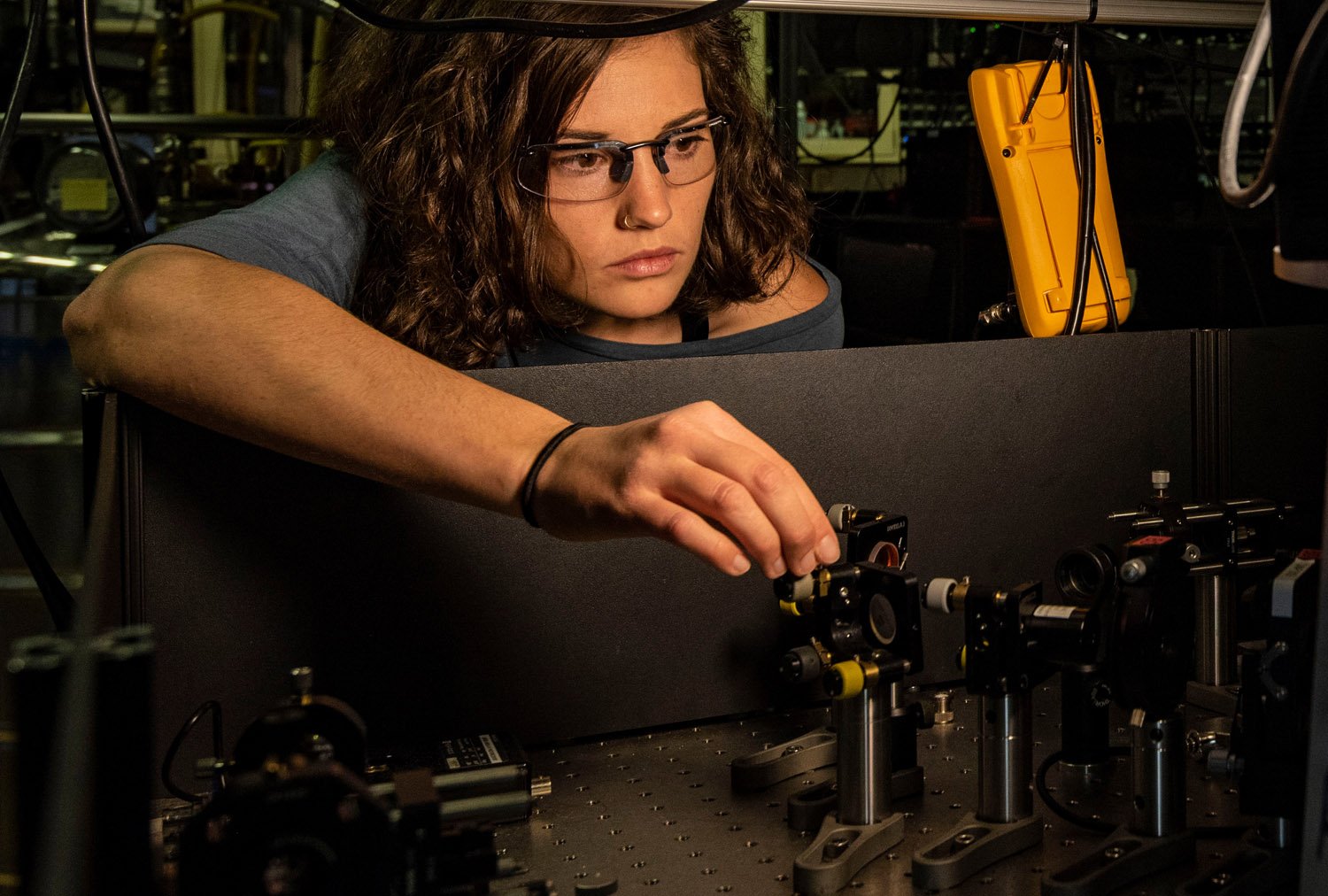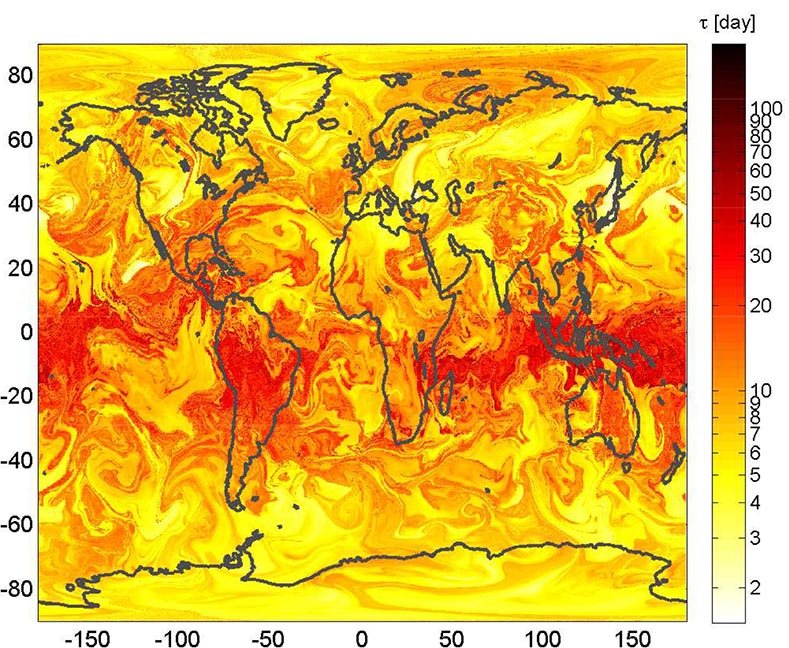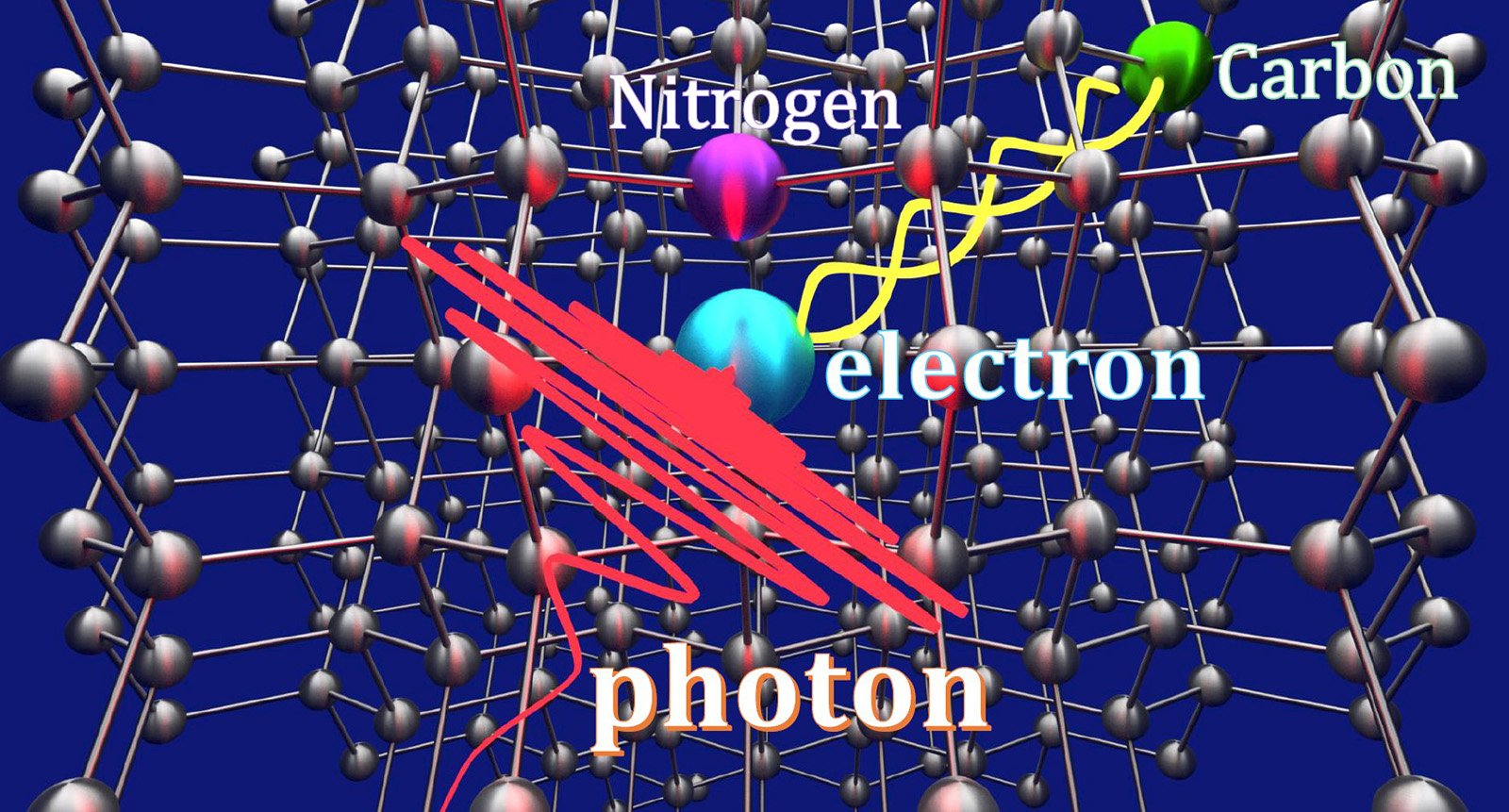Finding alternatives to diamonds for drilling
Diamonds aren’t just a girl’s best friend – they’re also crucial components for hard-wearing industrial components, such as the drill bits used to access oil and gas deposits underground. But a cost-efficient method to find other suitable materials to do the job is on the way. Diamond is one of the only materials hard and … Read more









